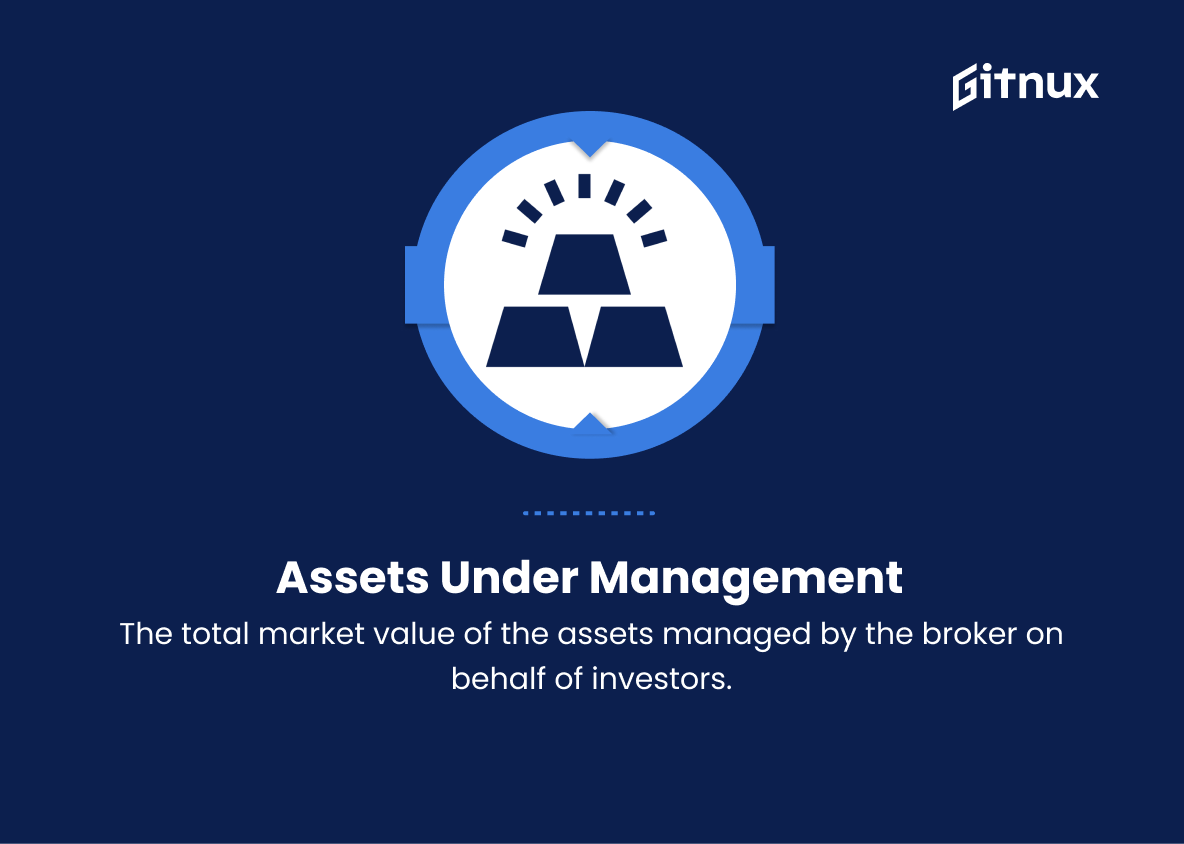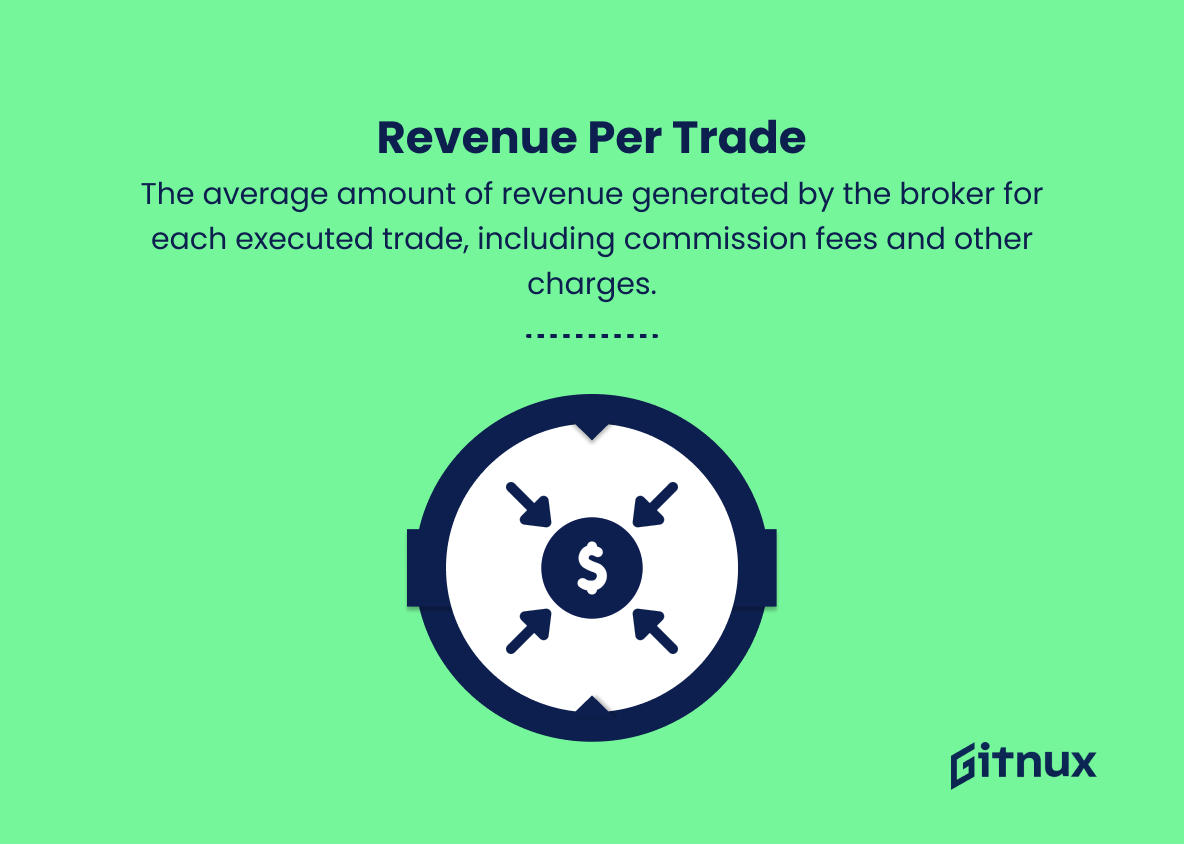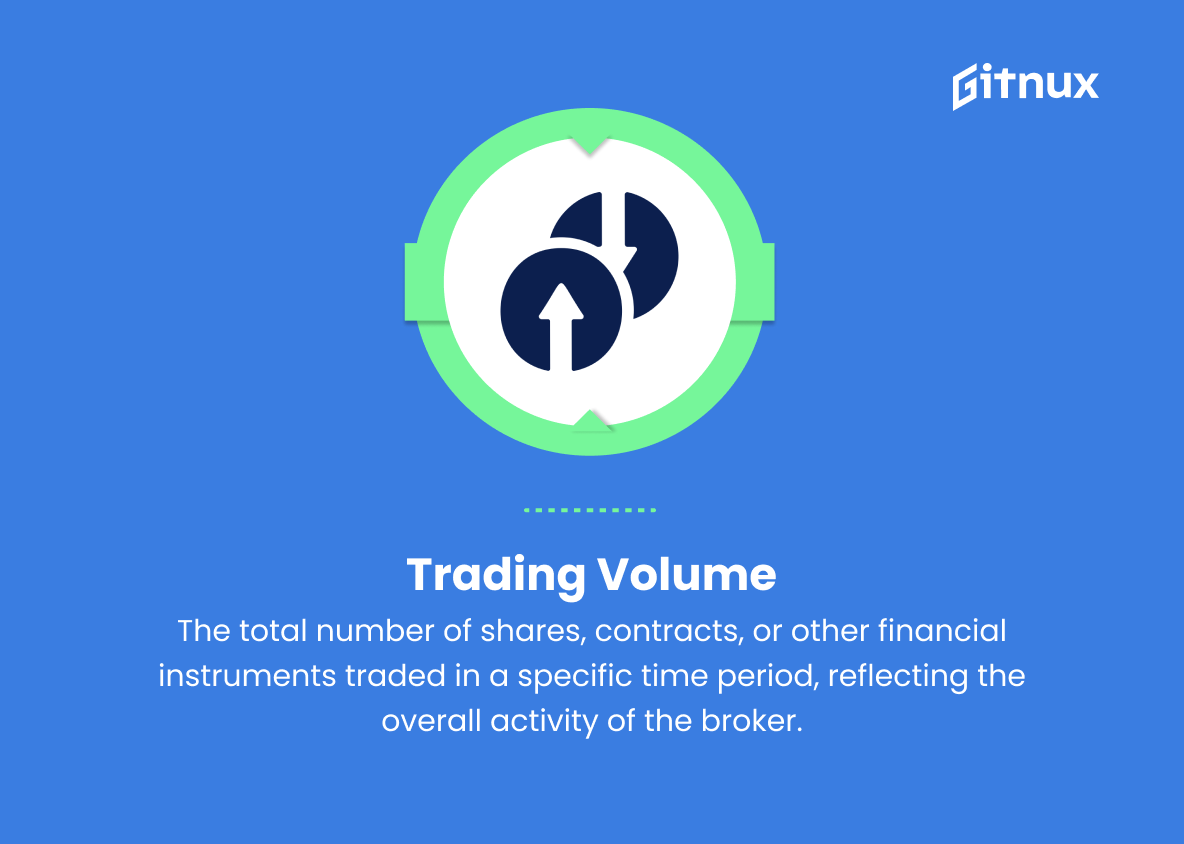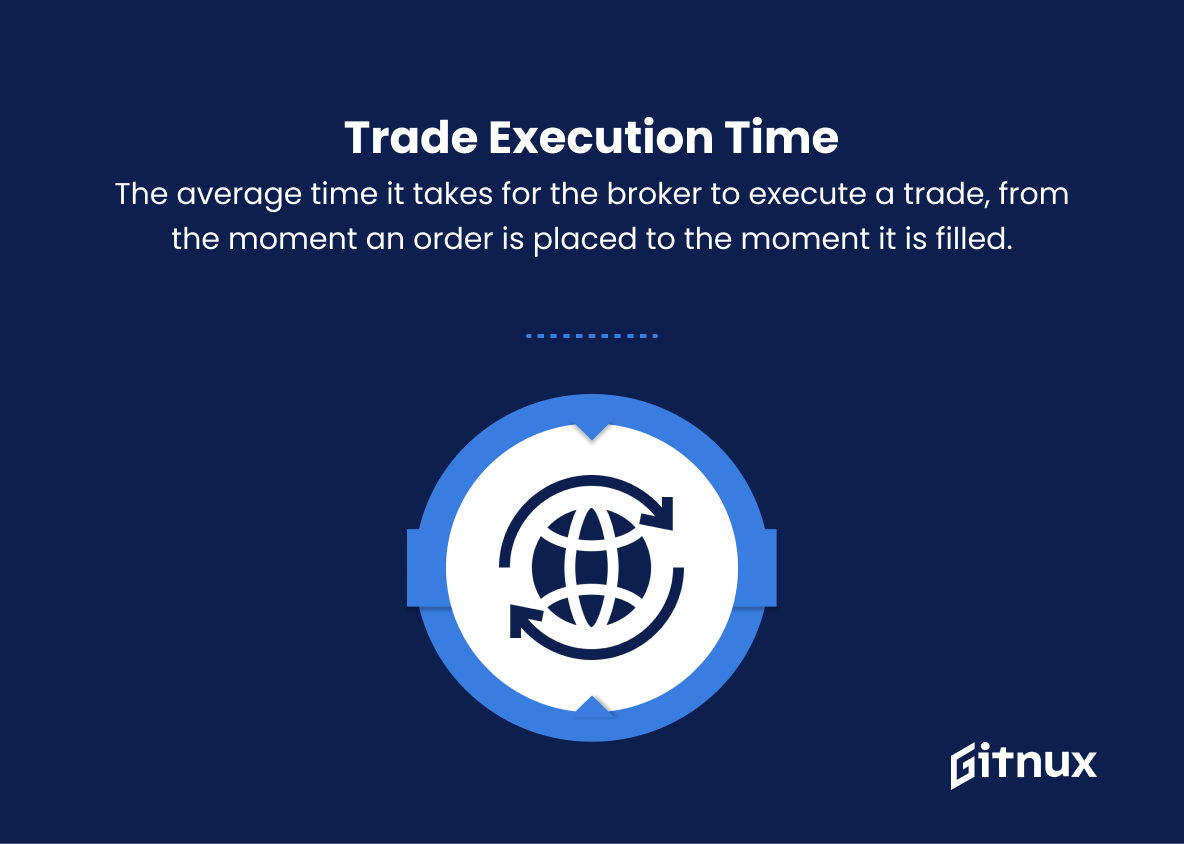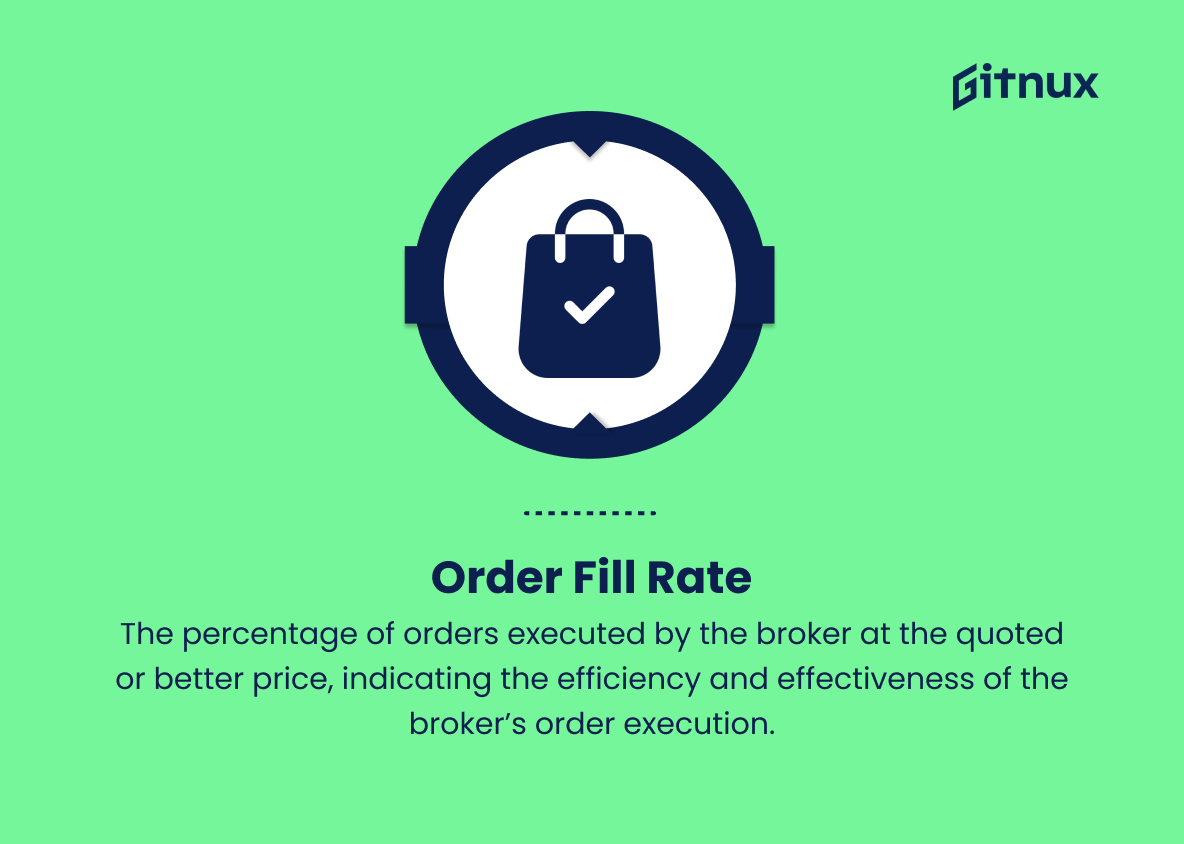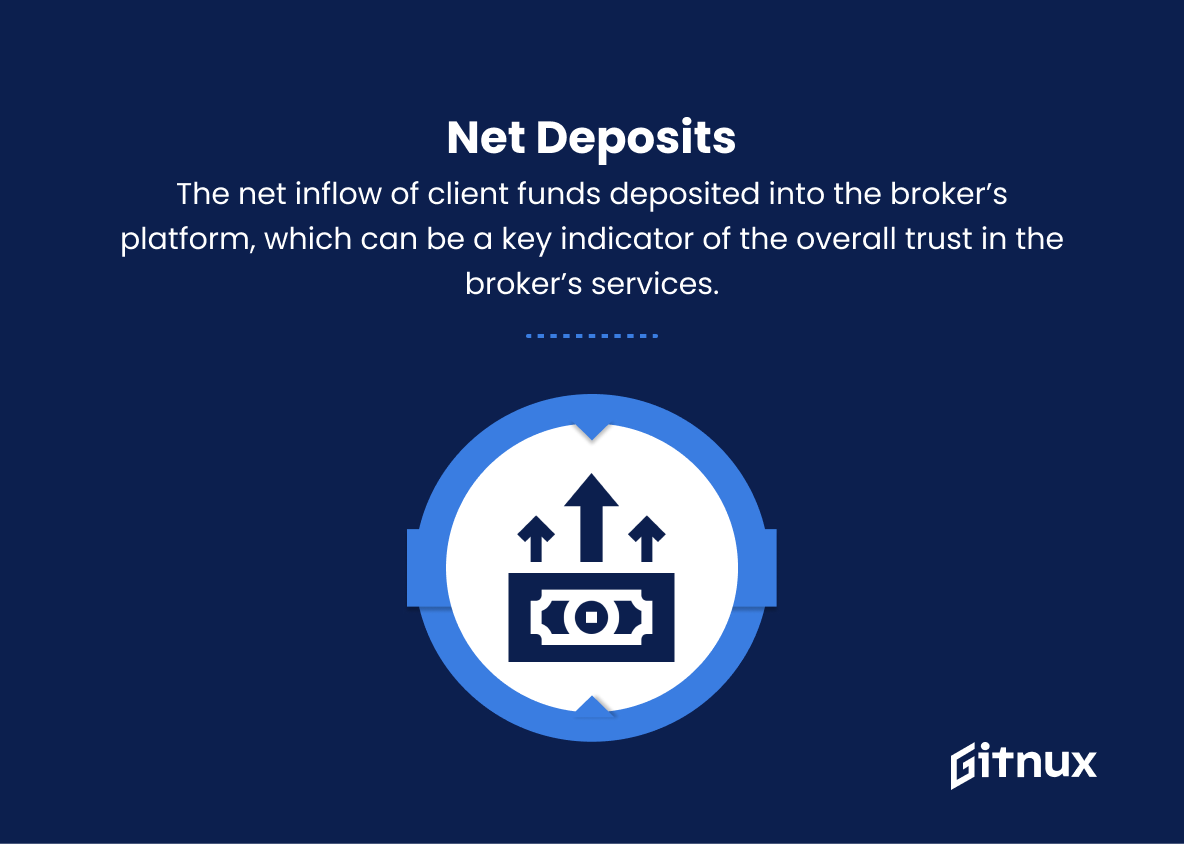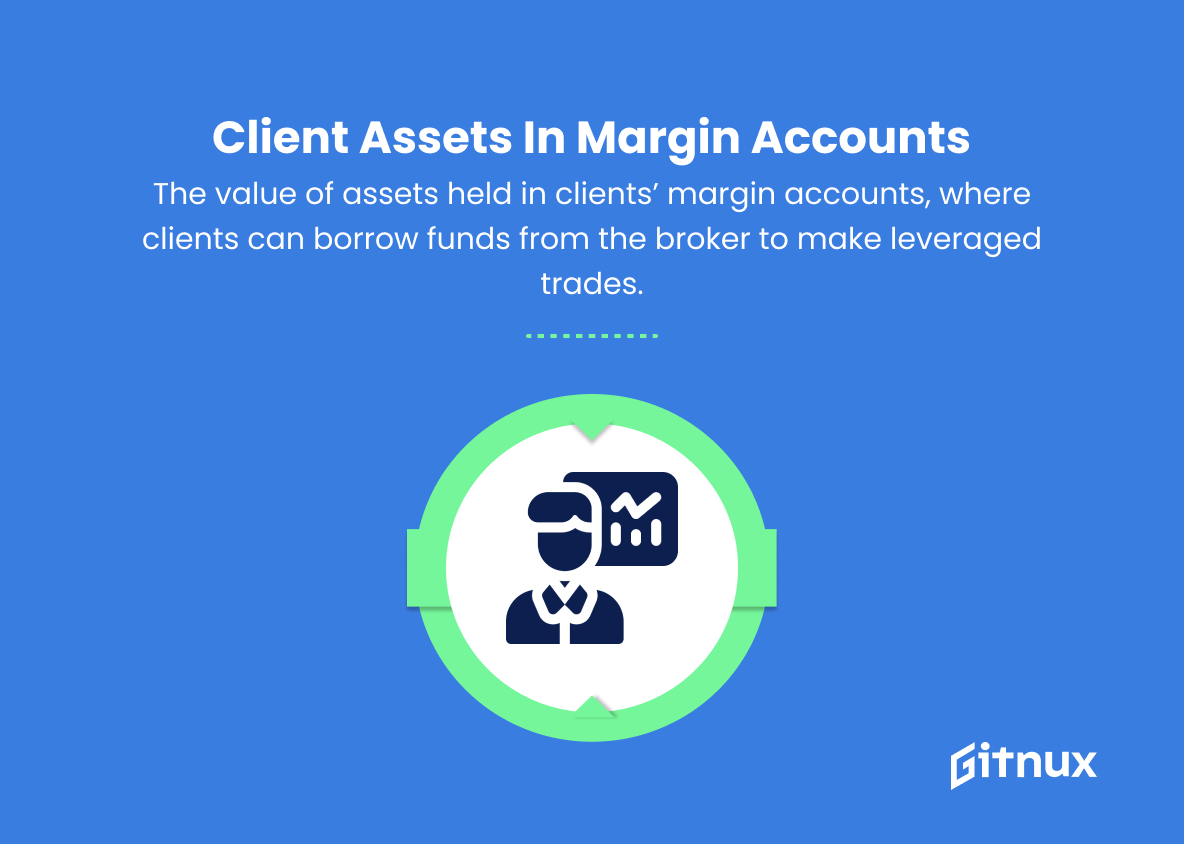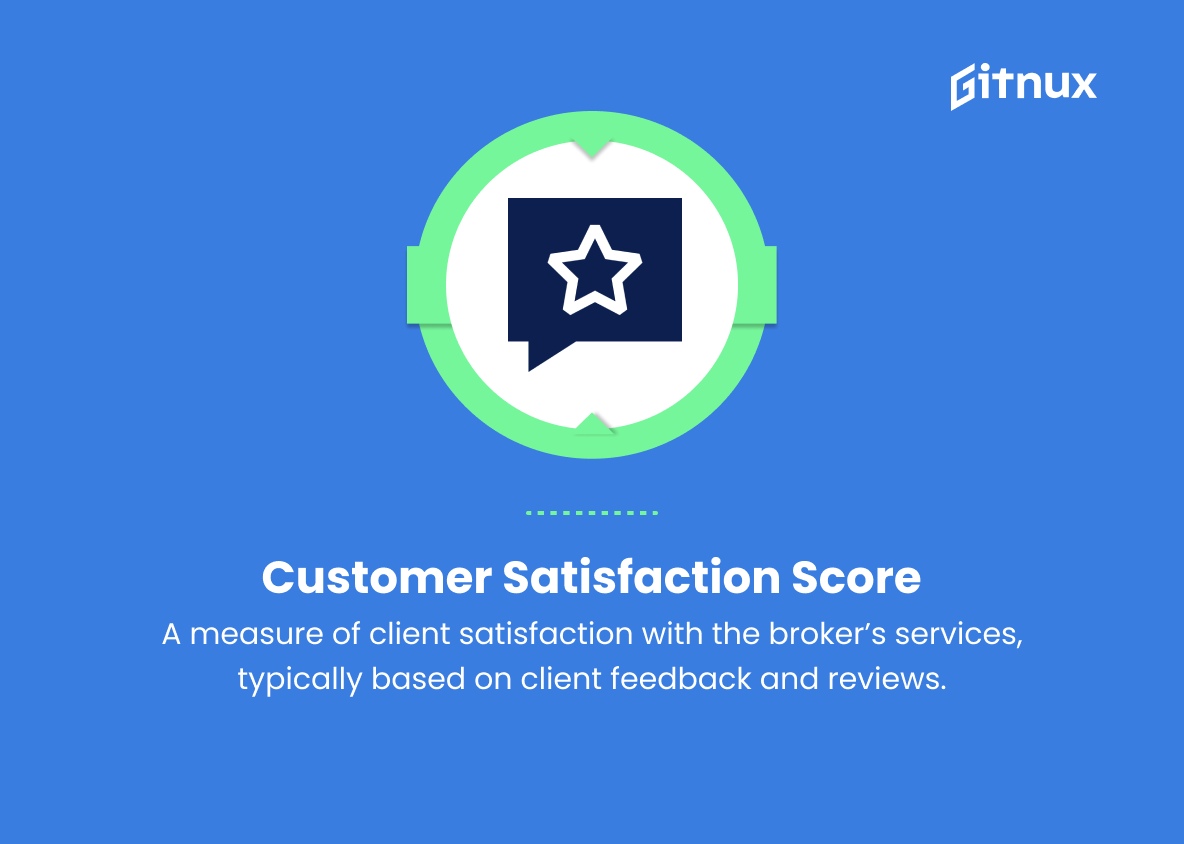In today’s fast-paced and competitive world of real estate, it has become increasingly important for brokers to rely on accurate and relevant data to stay ahead of the curve. Effective execution of marketing strategies, informed decision making, and optimal allocation of resources are all dependent on the comprehensive analysis of broker metrics.
This blog post delves deep into the significance of these key performance indicators, shedding light on how they can be harnessed to ensure the continued growth and success of real estate professionals. Join us as we explore the world of broker metrics, uncovering their untapped potential in reshaping the industry landscape for the better.
Broker Metrics You Should Know
1. Assets under management (AUM)
The total market value of the assets managed by the broker on behalf of investors.
2. Revenue per trade
The average amount of revenue generated by the broker for each executed trade, including commission fees and other charges.
3. Trading volume
The total number of shares, contracts, or other financial instruments traded in a specific time period, reflecting the overall activity of the broker.
4. Trade execution time
The average time it takes for the broker to execute a trade, from the moment an order is placed to the moment it is filled.
5. Order fill rate
The percentage of orders executed by the broker at the quoted or better price, indicating the efficiency and effectiveness of the broker’s order execution.
6. Client retention rate
The percentage of existing clients who continue to use the broker’s services over a given period, reflecting client satisfaction and loyalty.
7. Client acquisition cost
The average cost to acquire a new client, including marketing expenses, referral fees, and other costs related to attracting and onboarding new clients.
8. Active clients
The number of clients who actively engage in trading over a specific time period, generating revenue for the broker.
9. New clients acquired
The number of new clients added to the broker’s platform during a specific time period.
10. Net deposits
The net inflow of client funds deposited into the broker’s platform, which can be a key indicator of the overall trust in the broker’s services.
11. Margin trading volume
The total value of trades executed using borrowed funds or leveraged positions, representing a significant portion of the broker’s revenue.
12. Client assets in margin accounts
The value of assets held in clients’ margin accounts, where clients can borrow funds from the broker to make leveraged trades.
13. Revenue per account
The average revenue generated by the broker from each client account, including trading fees, interest, and other charges.
14. Customer support response time
The average time it takes for the broker’s customer support team to respond to and resolve client inquiries or issues.
15. Customer satisfaction score
A measure of client satisfaction with the broker’s services, typically based on client feedback and reviews.
16. Employee productivity
Measures the efficiency and effectiveness of the broker’s employees in providing services and generating revenue, often calculated as revenue per employee.
17. Technology and infrastructure uptime
The percentage of time that the broker’s trading platform, systems, and services are fully operational and available to clients.
Broker Metrics Explained
Broker metrics play a crucial role in assessing the overall performance and success of a brokerage firm. Assets under management (AUM) demonstrate the total market value of the assets managed by the broker, reflecting the scale of their operations and the trust placed in them by investors. Revenue per trade, trading volume, and margin trading volume all speak to the financial health and activity of the broker, illustrating their ability to generate revenue from executed trades and leverage. Trade execution time, order fill rate, and technology and infrastructure uptime indicate the efficiency and reliability of the broker’s platform and execution process.
Client retention rate and customer satisfaction score reveal client satisfaction and loyalty, while client acquisition cost and new clients acquired emphasize the broker’s growth capacity and marketing effectiveness. Net deposits, active clients, and client assets in margin accounts are key indicators of trust in the broker’s services, and provide a picture of the firm’s overall reach and stability. Revenue per account and employee productivity shed light on the broker’s internal efficiency, while customer support response time reflects the quality and responsiveness of its customer service. Together, these metrics offer valuable insights into the effectiveness, sustainability, and growth potential of a brokerage firm.
Conclusion
In closing, Broker Metrics is an essential tool for modern brokerage firms seeking to revolutionize their approach to data-driven decision-making. As we’ve explored throughout this blog post, the utilization of these comprehensive and innovative performance indicators can significantly improve a company’s efficiency, productivity, and overall success.
By empowering brokers to make more informed, strategic choices, Broker Metrics enables them to stay ahead of the competition and consistently produce exceptional results. Therefore, embracing this advanced technology is unquestionably a wise investment in the future of any brokerage firm striving for ongoing growth and prosperity.
